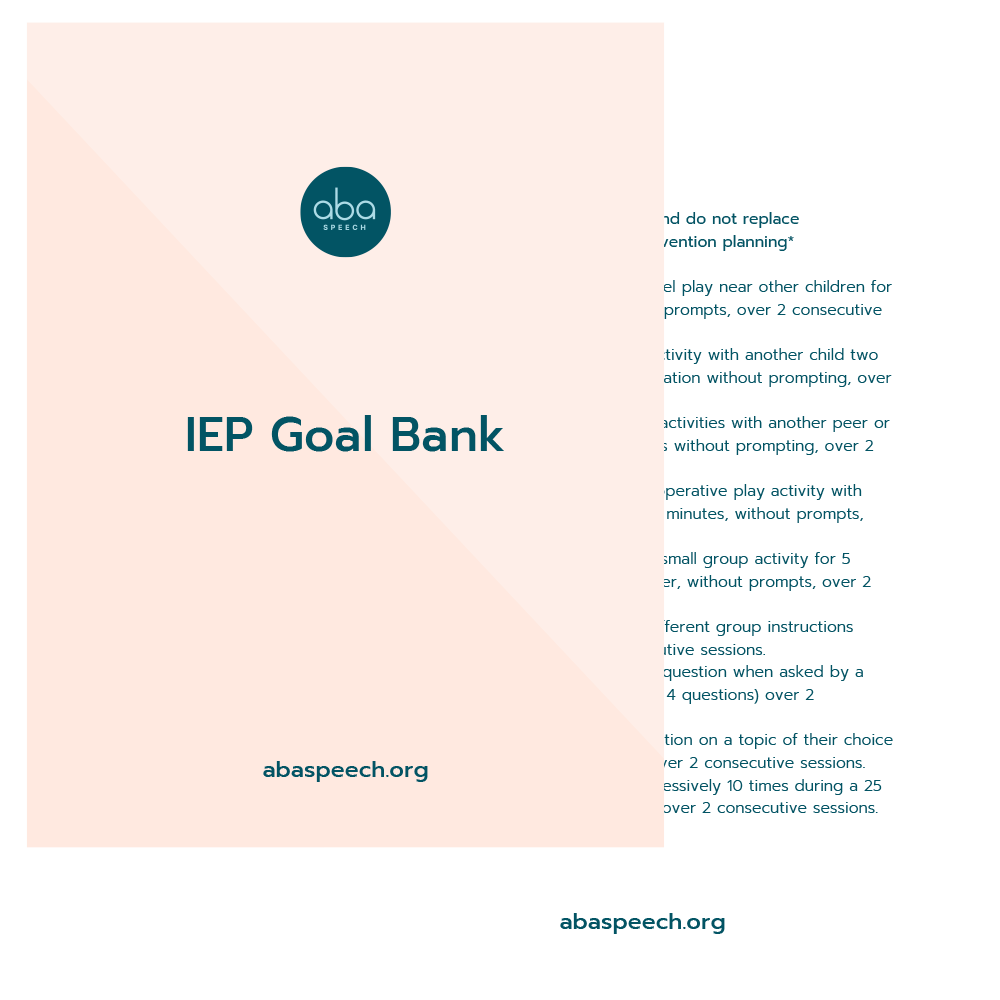Integrating ABA into the Classroom: Strategies for Supporting Students with Autism
By: Blain Hockridge
Managing classroom behavior can be one of the most challenging tasks faced by both new and experienced teachers. It is also a task that teachers may have been inadequately prepared for in their prior training and education. In fact, it’s been found recently that “just 14 percent of traditional teacher-preparation programs require candidates to demonstrate their ability in five research-based classroom management strategies.”
While managing classroom behavior may be difficult enough for teachers in traditional classroom settings with typically functioning students, it can be even more difficult for teachers in classrooms that include students on the autism spectrum. Attempting to provide these students the individual support they need, while also managing classroom behavior as a whole, can be a monumental challenge. Fortunately, Applied Behavior Analysis (ABA) has provided teachers with strategies for better supporting their students on the autism spectrum for over 50 years. Often in consultation with Board Certified Behavior Analysts (BCBAs), Speech Pathologists (SLPs), and school psychologists as part of an Individualized Education Program (IEP), teachers can learn and implement empirically validated techniques to create a more inclusive, engaging environment for their students with autism. Here are some ABA techniques teachers can use to better support their students on the autism spectrum.
Token Economies
Token economies are a behavior management system that utilizes tokens or symbols (e.g., stickers, points) as a form of positive reinforcement. These tokens are given to individuals as rewards for desired behaviors, and they can later be exchanged for preferred items, privileges, or activities to encourage and reinforce appropriate conduct. Tokens or stickers should be paired heavily with verbal praise and encouragement to promote a positive educational environment in which the student enjoys participating.
Visual Schedules
Visual schedules are visual representations of a student’s planned activities during the day. These schedules can help autistic students navigate the multiple transitions taking place throughout the school day that can often be difficult for them. The visual schedule will often be manipulable so that changes to the schedule from day to day can be made quickly, allowing the student time to see the changes and adjust to them.
Functional Behavior Assessment (FBA)
When a student with autism has more severe or dangerous behaviors, such as aggression or self-injury, it may be a good idea to conduct a functional behavior assessment (FBA) of the student’s behaviors. FBAs include interviews, rating scales, and direct observations to determine why a student may be engaging in a particular behavior (i.e., the function).
Functional Analysis (FA) If the function is difficult to determine from the FBA alone, then a Functional Analysis (FA) can also be conducted to reach a more precise conclusion. An FA is a procedure in which specific conditions are set up to clarify which of the four main functions of behavior (Access to tangibles, Attention, Escape, or Automatic) motivates a student to engage in the behavior. Once the function of a student’s behavior has been determined, the procedures that should be implemented to better support the student become much more apparent. For instance, if the function of a student’s behavior is determined to be attention from the teacher, then the teacher can develop ways to provide more attention for appropriate behaviors from the student while minimizing the attention the student receives from the problem behavior.
Good Behavior Game
The good behavior game is a group-based behavior intervention that promotes positive behavior and reduces disruptive actions amongst the entire classroom. In this game, students work together to earn points or rewards by following rules and displaying appropriate behaviors, fostering a cooperative and supportive learning environment.
Teaching and supporting a group of students with a variety of skill levels and from a variety of backgrounds makes teachers the superheroes we know them to be. While integrating students with autism into these classrooms can be challenging, with the help of ABA and qualified ABA practitioners, teachers can create a positive, productive learning environment to best do the work they were born to do.


0 Comments